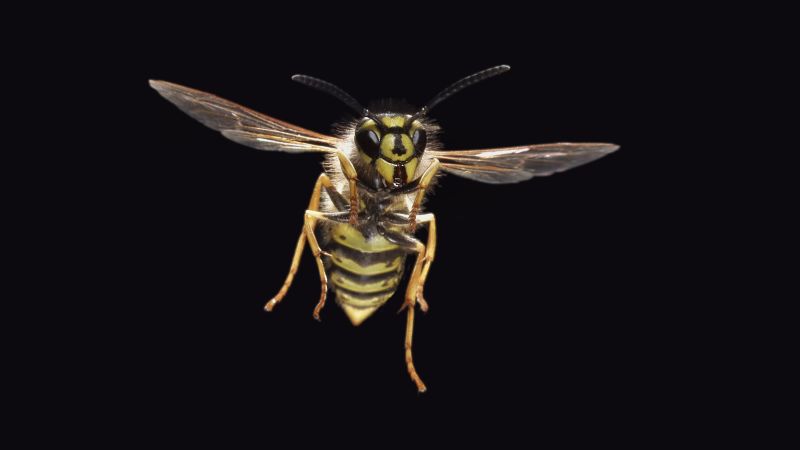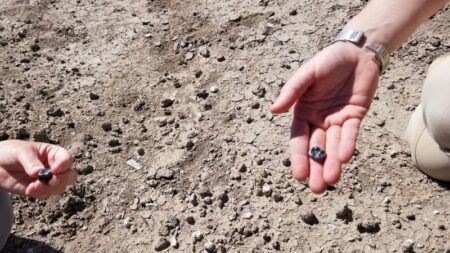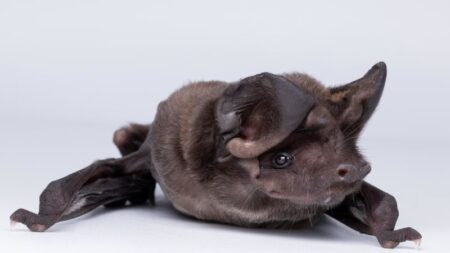The evolutionary musings of Charles Darwin, particularly those expressed in his letter to Asa Gray, provide a compelling glimpse into the complexities of life and nature’s designs. Six months after the noteworthy publication of “On the Origin of Species,” Darwin found himself grappling with his thoughts on a peculiar family of insects known as the ichneumonidae. Known for their parasitic behavior, these wasps lay their eggs within the bodies of host insects, such as caterpillars, leading to the young hatching and consuming their host from the inside. This unnerving observation made him question the very notion of a benevolent and omnipotent deity crafting such a creature, an inquiry that inevitably propelled him to delve deeper into the mysteries of divine creation.
Historically, the disdain for wasps is not a recent phenomenon. Figures like Aristotle condemned them for lacking the distinctiveness that bees typically exemplify. However, contemporary research presented by Seirian Sumner, a behavioral ecology professor at University College London (UCL), challenges this age-old animosity. Sumner, devoted to the study of wasps, even showcases her enthusiasm through her Instagram handle, “waspprof.” Moreover, her recent involvement in the World of Wasps exhibition at the UCL Grant Museum of Zoology aims to shift perspectives about these misunderstood insects.
In discussing the various roles of wasps, Sumner outlines compelling reasons to reconsider our views. First and foremost, wasps serve as remarkable pest controllers within ecosystems. Without their influence, humans would likely resort to increased application of chemical interventions to manage populations of unwelcome insects such as caterpillars or aphids. As natural top predators, wasps play a critical role in maintaining the balance of insect populations, highlighting their importance beyond their often-dreaded reputation.
In a comparison to bees, it is essential to note that wasps, akin to their more favored counterparts, also contribute to the ecosystem as pollinators. Sumner explains that while bees are recognized for their pollination abilities, wasps fulfill similar functions as they forage for nectar from flowers—not solely for their sustenance but also to aid in the nourishment of their young. Such contributions to floral interactions underscore their ecological significance that parallels that of bees.
Furthermore, wasps exhibit potential medicinal benefits. Emerging studies suggest that certain wasp venoms may be harnessed in cancer treatment, with Brazilian wasps demonstrating the ability to target cancer cells while remaining harmless to healthy tissue. Additionally, the antibiotic properties of wasp venom might present promising avenues for medical research into microbial defenses, underscoring the value of these creatures beyond what is commonly perceived.
Nutritionally, wasps have gained popularity as a food source in several cultures, particularly in parts of Asia where they are enjoyed as high-protein, low-fat delicacies. Their consumption often involves creative preparations, showcasing their potential as an important dietary element. This cultural context provides insights into the diverse applications of wasps in human society.
The building capabilities of wasps are equally fascinating. Sumner points out that these insects are adept at creating paper-like structures for their nests, possibly inspiring human paper-making techniques. Crafting their nests from mixed materials, including bark and saliva, wasps showcase an architectural prowess that culminates in structurally sound societies. This ingenuity highlights the intricate designs involved in constructing their living spaces.
A particularly fascinating aspect of certain wasps, such as the Polistes paper wasp, is their flexible social structures. Unlike bees and yellowjackets, which develop into fixed roles, Polistes wasps can switch between being a queen or a worker. This democratic approach to role assignment provides valuable insights into behavioral ecology and the evolutionary significance of altruism within social structures.
Ultimately, the World of Wasps exhibition at the UCL Grant Museum of Zoology serves as a pivotal opportunity to explore these multifaceted creatures. Running through January 24, 2026, the exhibit encapsulates the rich ecology of wasps while challenging the long-standing stigma against them. Through scientific study and public engagement, Sumner and her colleagues hope to foster a newfound appreciation for an insect group that is far more crucial to our ecosystems than previously understood.












